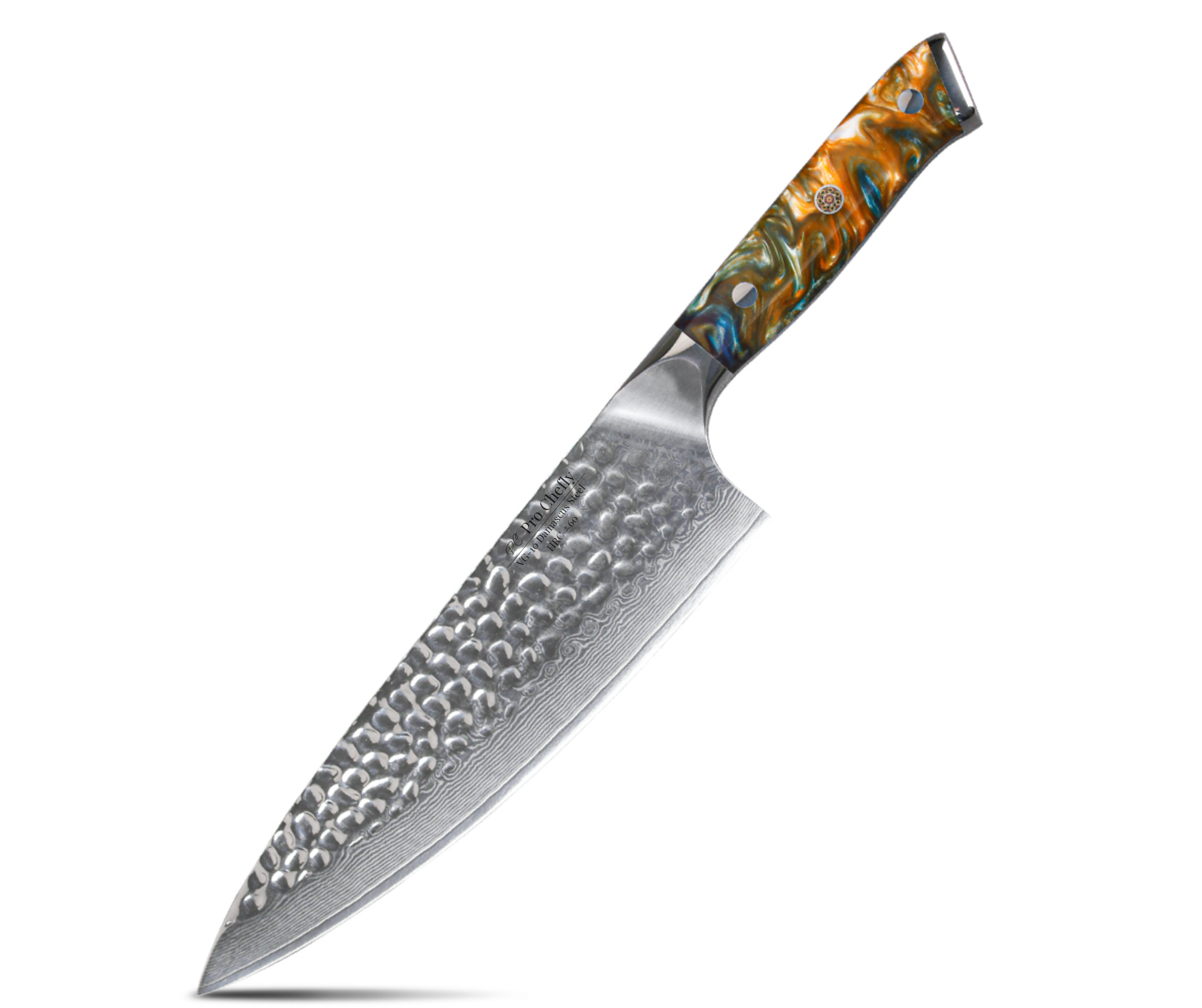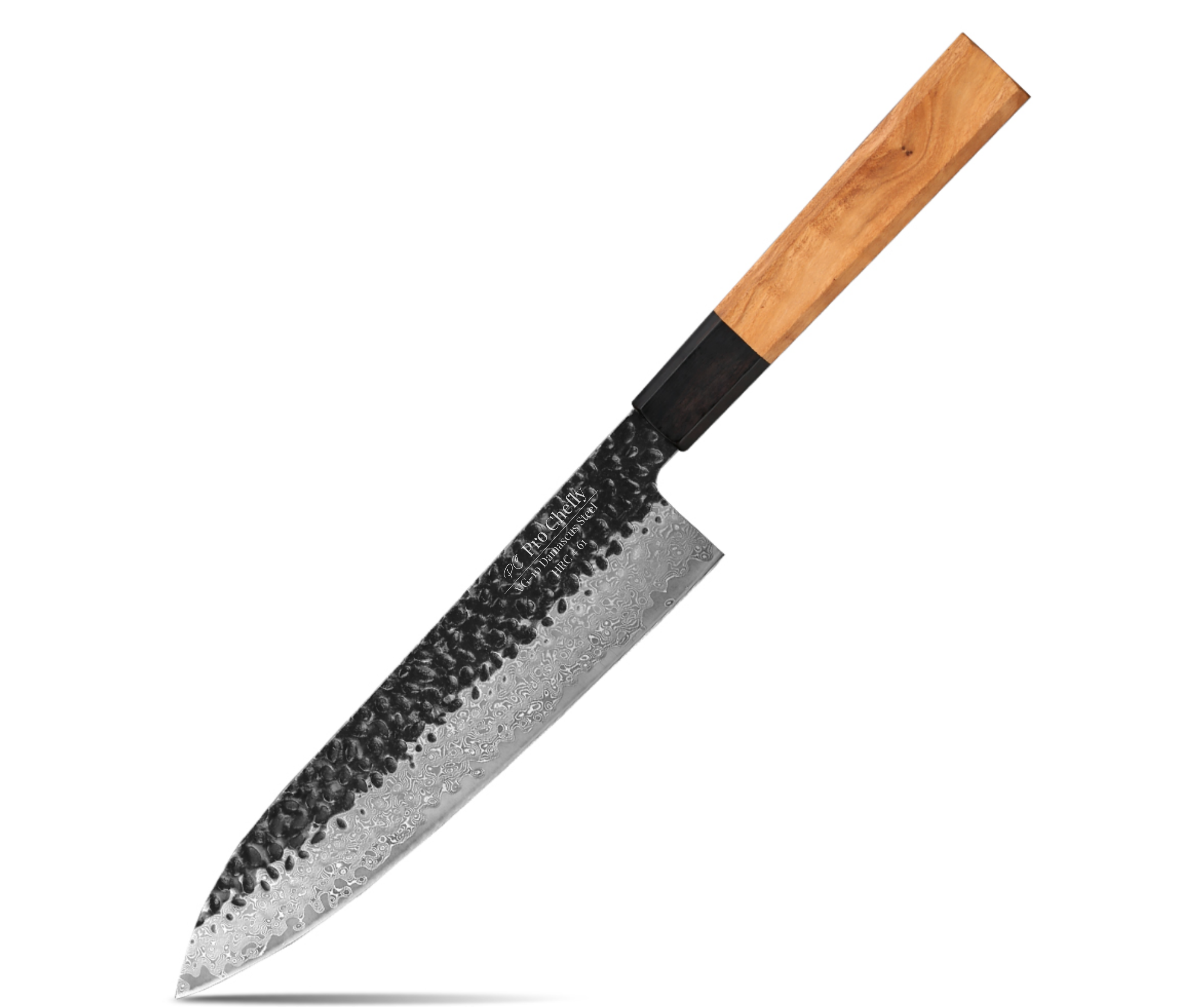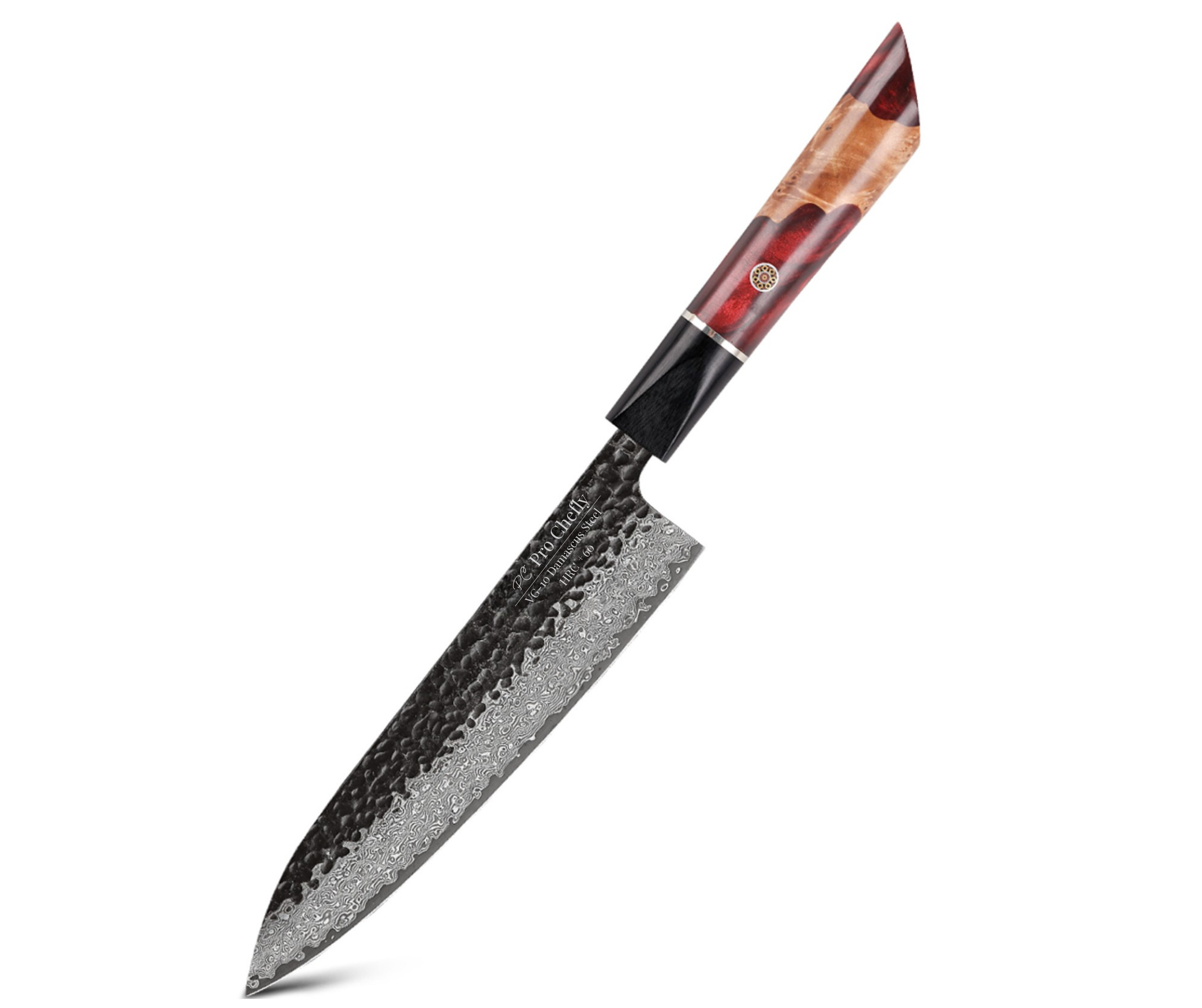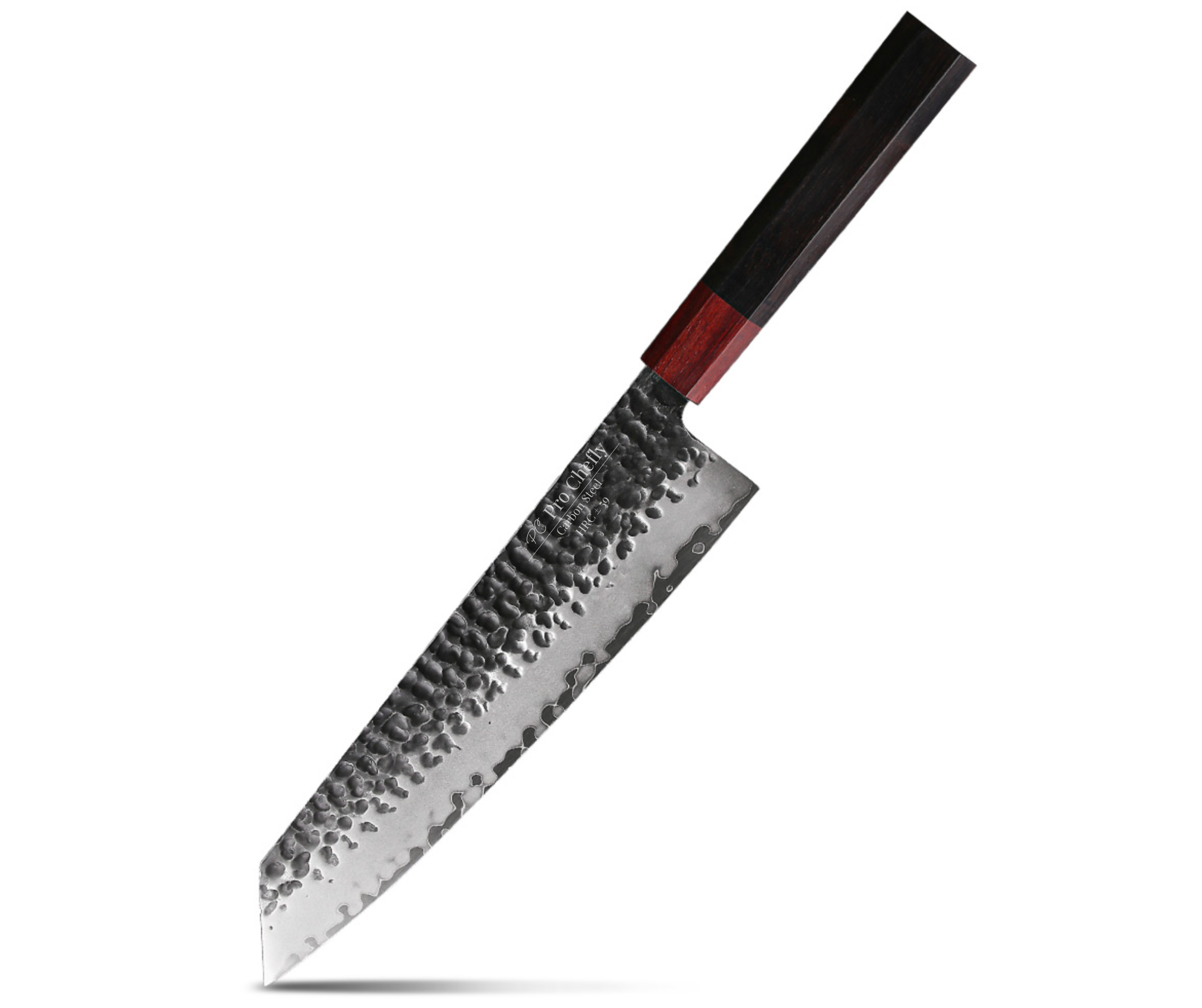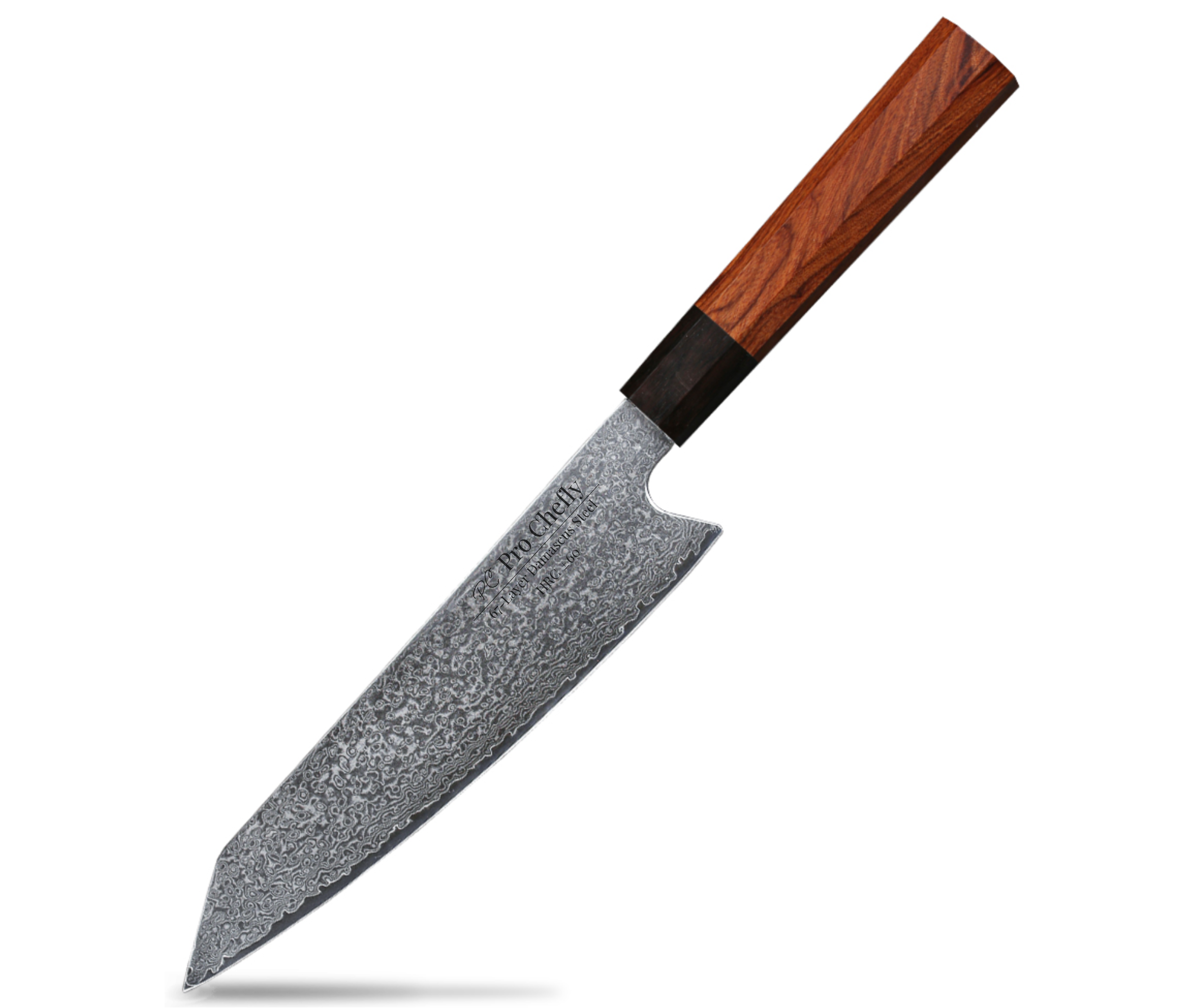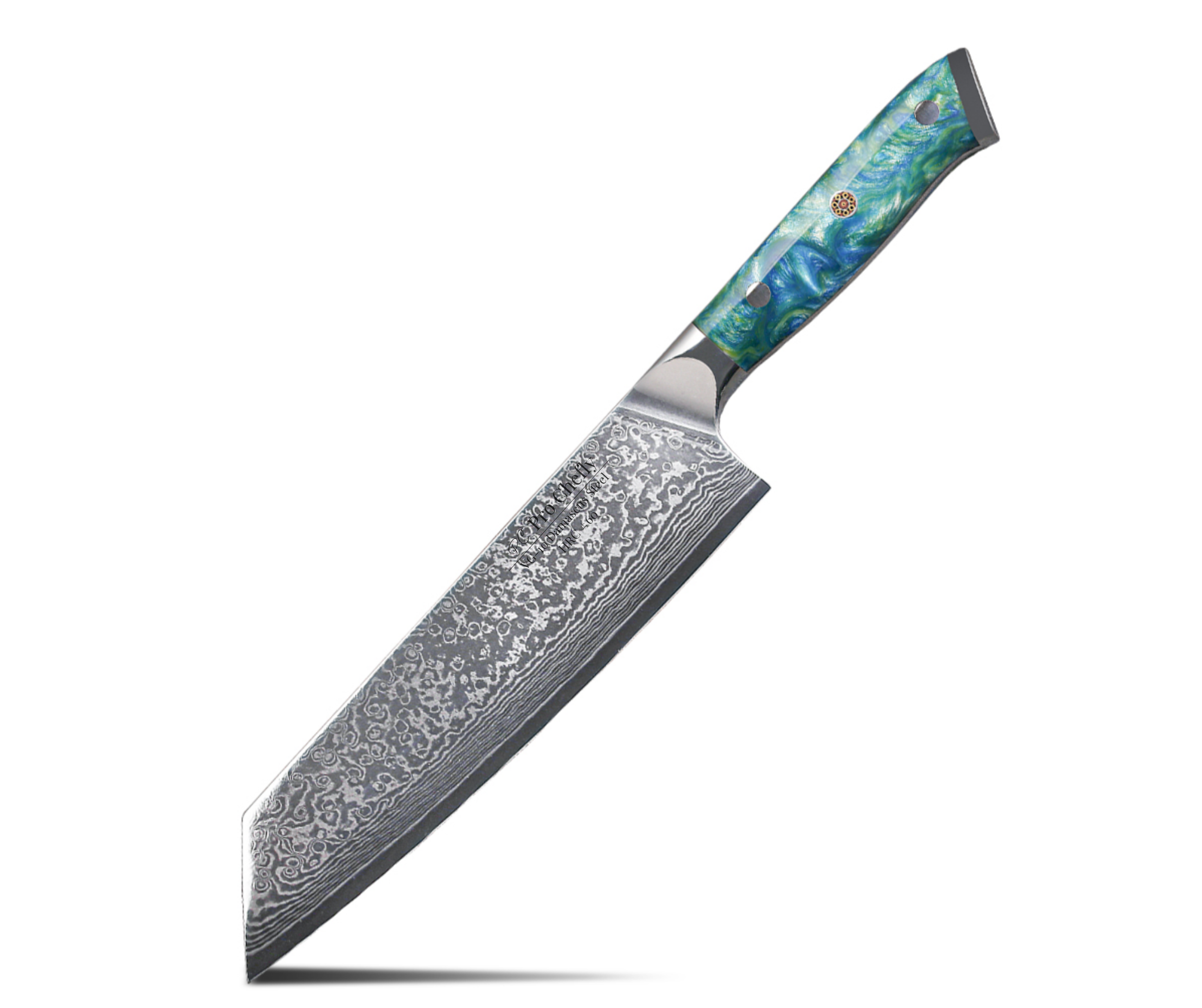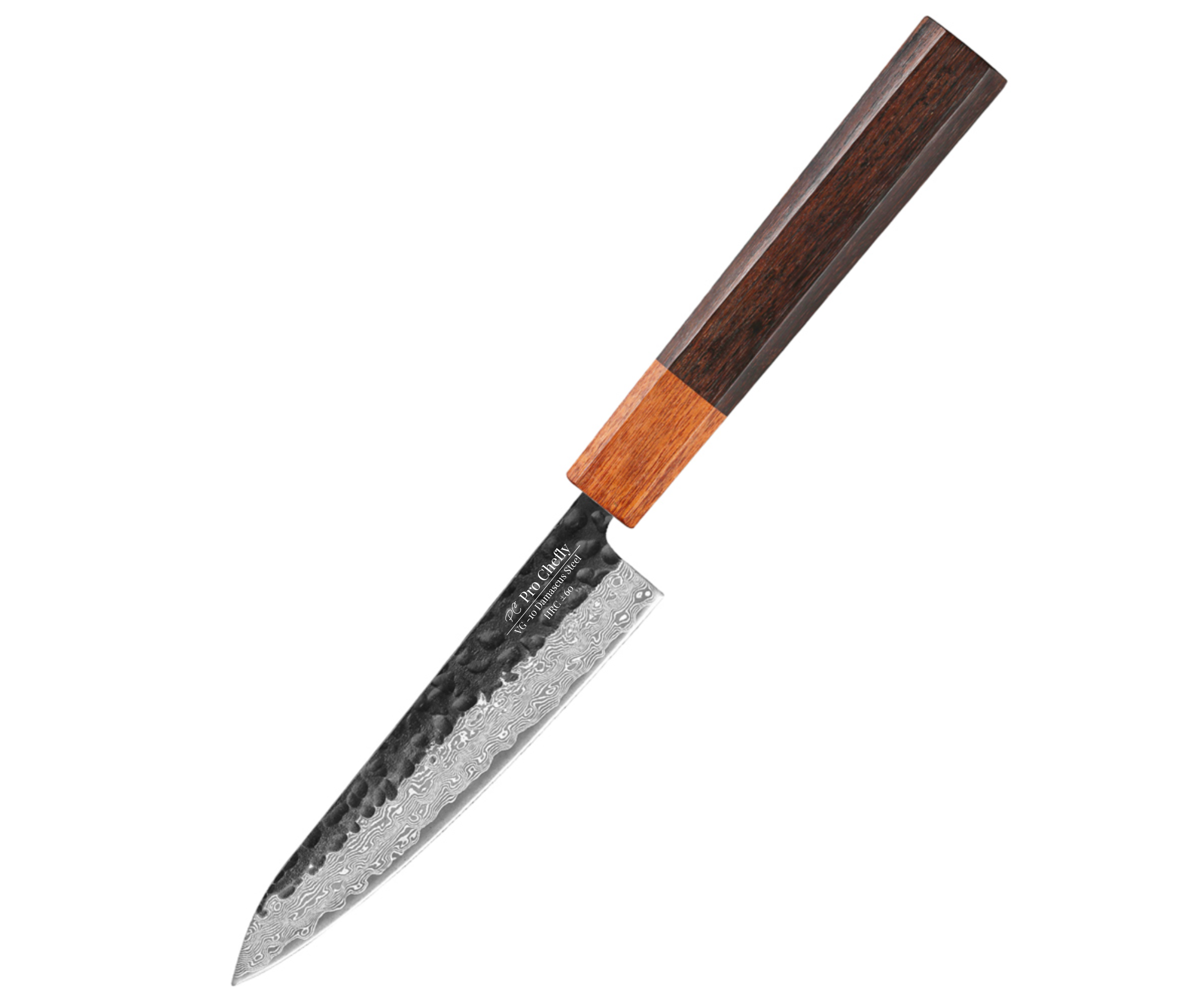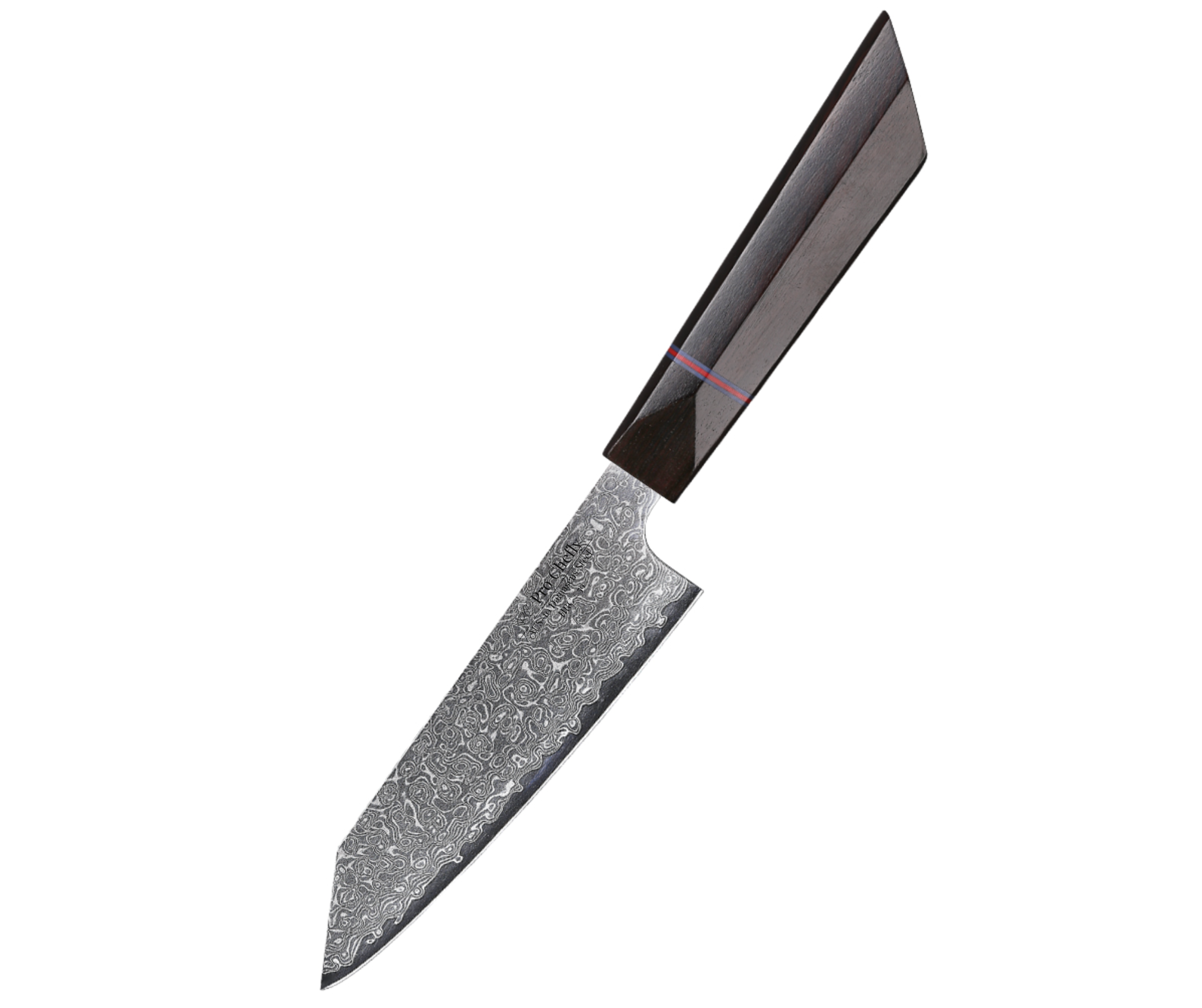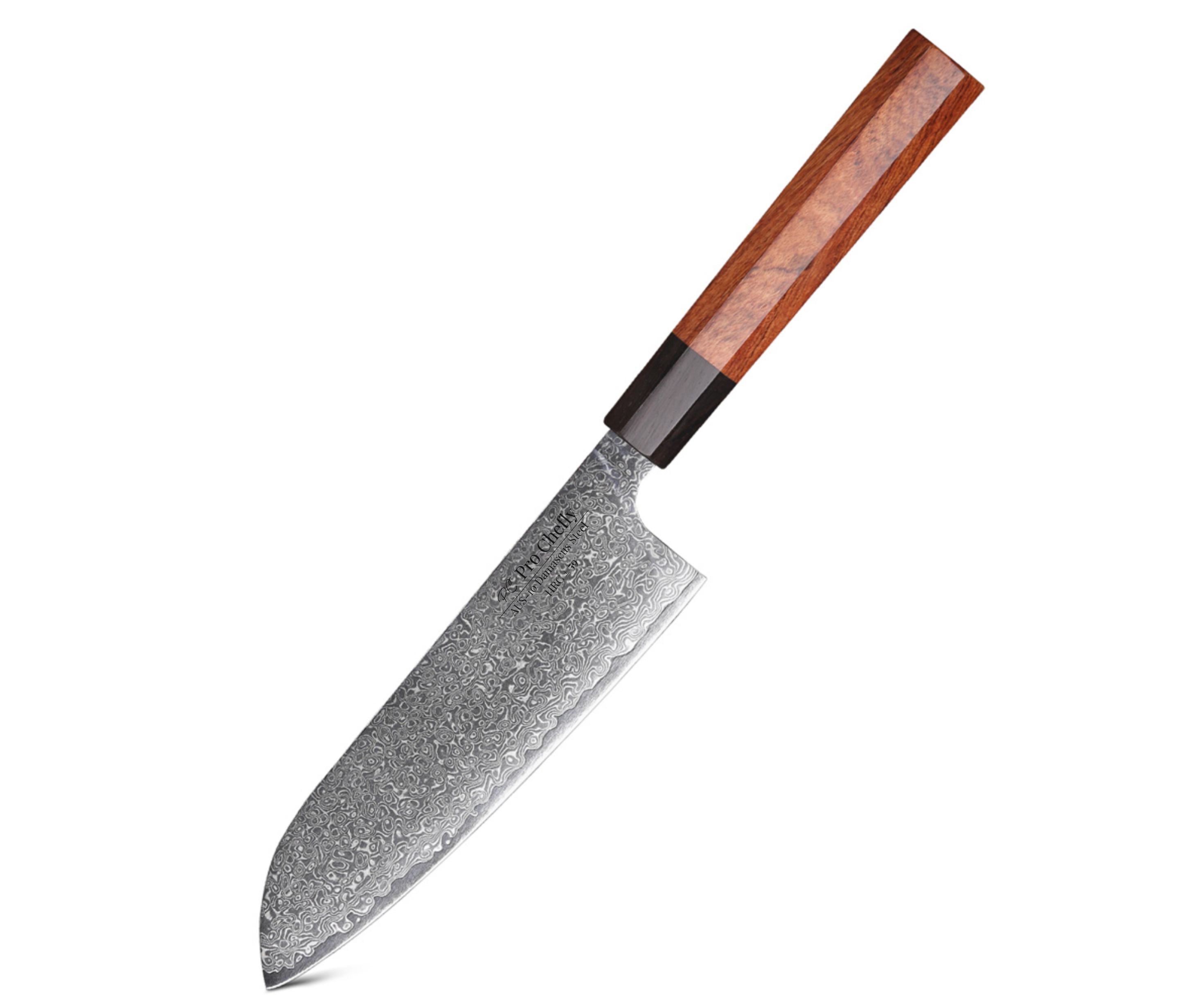Chef’s Overview
Dear Chefs, let’s tackle the million-dollar question: is VG-10 steel really the best choice for a chef knife? If you’ve shopped for blades lately, you’ve seen the name everywhere, stamped proudly like a seal of approval. But does it deserve the hype, or is it just another shiny buzzword? Today, I’ll cut through the marketing noise and lay out why VG-10 has become a favorite in professional kitchens—and whether it’s the right choice for you.

Why Steel Choice Matters for Chefs
I’ll never forget one dinner service early in my career. My knife—cheap stainless steel, dull as a spoon—turned chopping onions into a wrestling match. My prep slowed, my temper flared, and let’s just say the chef wasn’t impressed. That night, I learned the hard way: the steel in your blade is everything. It dictates sharpness, edge retention, durability, and how often you’ll be reaching for the sharpener instead of reaching for ingredients. For chefs, efficiency and precision are non-negotiables—and that’s where VG-10 comes in.
The Case for VG-10 Steel
VG-10 was developed in Japan for one reason: to create a high-performance stainless steel that could handle the demands of professional kitchens. With a Rockwell hardness around 60, it holds an edge far longer than standard stainless. Its recipe—carbon for hardness, chromium for corrosion resistance, cobalt for strength, vanadium for stability—makes it both tough and stainless. That means less sharpening, fewer rust worries, and more time to focus on the dish in front of you. It’s also why VG-10 is the go-to core steel in many Damascus knives, marrying beauty with serious performance.
How VG-10 Compares to Other Knife Steels
Now, is VG-10 perfect? Not quite. Compared to AUS-10, VG-10 tends to hold an edge a bit longer, though AUS-10 can be slightly easier to sharpen. Against ultra-premium steels like SG2 or ZDP-189, VG-10 may not retain sharpness as long, but it’s far more forgiving and practical for daily use. Think of it this way: some steels are high-maintenance divas, demanding constant attention, while VG-10 is the reliable star performer who shows up night after night. For most chefs—and ambitious home cooks—it’s the balance of sharpness, toughness, and ease of care that makes VG-10 the smarter choice.
So, Is VG-10 the Best Choice?
Dear Chefs, the answer depends on what you need. If you want a blade that’s sharp, stays sharp, resists rust, and won’t demand a degree in metallurgy to maintain, VG-10 is absolutely one of the best steels you can put in your kitchen. It’s trusted by professionals for a reason. At Pro Chefly, we build our Damascus knives with VG-10 cores because they deliver exactly what chefs need: performance that feels effortless, cut after cut. Is it the best choice? For most kitchens, I’d say yes—and once you’ve used it, you’ll understand why.
Knife Collections
Shop the latest in Pro Chefly Damascus Knives
Chef's Notes
Stay up to date with the latest kitchen stories and recipes

- December 05, 2025
Dear Chefs, the holidays deserve a dish that feels slow, soulful, and unforgettable — and few things capture that spirit...

- November 30, 2025
Dear Chefs, there is something unmistakably comforting about bread pudding in November — the way the custard soaks into the...

- November 25, 2025
Dear Chefs, there is something special about roasted carrots in the fall — the way they caramelize, the way their...

- November 20, 2025
Dear Chefs, there is something magical about fall stuffing, especially when pumpkin and sage join the party. The aroma alone...

- November 15, 2025
Dear Chefs, November has a rhythm of its own — a slower pace, a softer light, and a craving for...

- October 31, 2025
Dear Chefs, fall baking is a ritual — the scent of cinnamon in the air, pecans roasting low and slow,...
- Choosing a selection results in a full page refresh.
- Opens in a new window.
